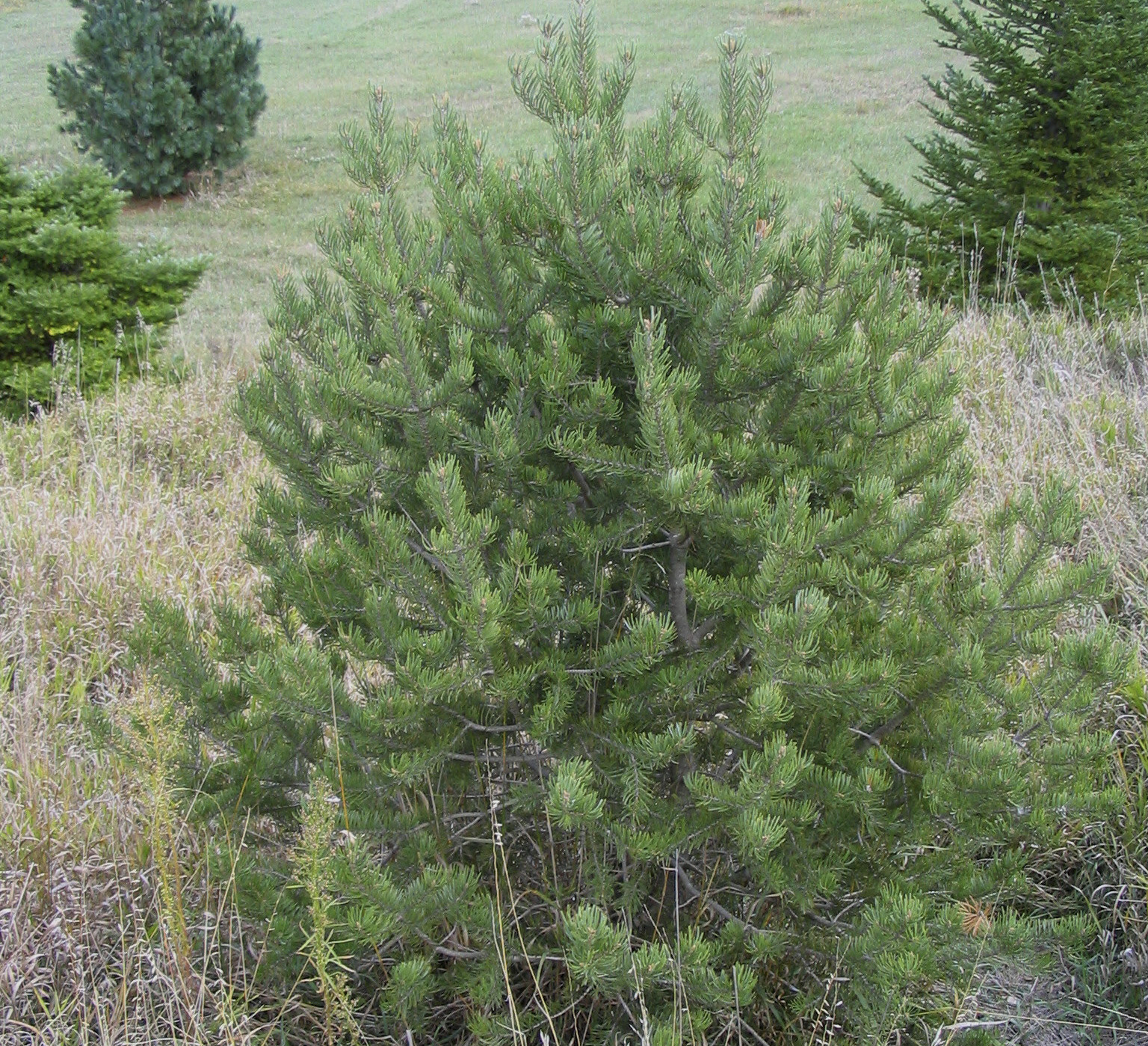Pine, Pinyon (Colorado Pinyon)
Pinus edulis, Coniferous
Pinyon pine is native to the Four Corners area of Utah, Colorado, New Mexico, and Arizona where it is typically found growing with junipers on drier sites. It has been used in landscape and screen plantings in western Nebraska, especially the southern Panhandle.

Where To Grow

Size at Maturity
| Tree Height | Tree Spread |
| 20-30' | 20-25' |
Wildlife Benefits
In its native habitat, pinyon pine provides food and shelter to a wide variety of birds, and other animals, including the iconic pinyon jay, a blue-colored resident of the southwest US.
Additional Considerations
Although pinyon pine does not suffer abnormally from diseases or insect issues in its native habitat, it is suffering from extreme and prolonged droughts in recent years and climate change will likely exacerbate the problem. In the planted landscape, the tree can struggle when overwatered.
Related species
- The single-leaf pinyon (Pinus monophyla) is very closely related species that grows further west in hotter and drier climates of Nevada and Arizona. It is not considered suitable for planting in Nebraska.
- Rocky Mountain bristlecone pine (Pinus aristata) is a very long-lived species found growing at high elevations of the Rockies and is well adapted to cold and dry conditions. It is often used as an ornamental in western landscapes, including in western Nebraska.
Interesting Facts
Pinyon pine has a large, edible seed (nut) and has long been an important food and agronomic crop for southwest Native Americans.